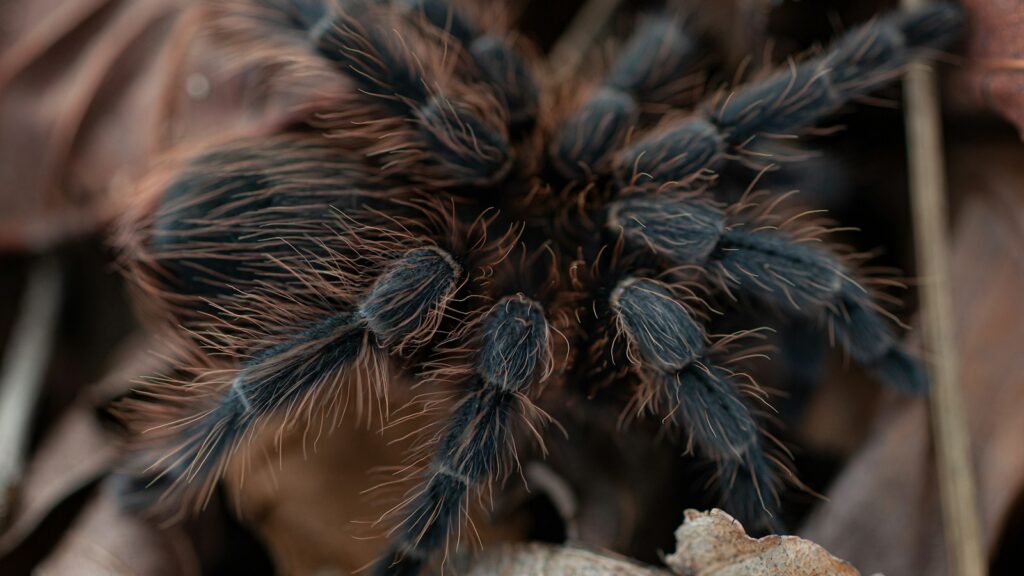
In a world where cats and dogs reign supreme as household companions, there exists a growing community of pet enthusiasts who find their joy in eight-legged friends. Tarantulas, once considered merely creatures of horror films and Halloween decorations, have steadily gained popularity as exotic pets in homes across the globe. These fascinating arachnids offer a unique pet ownership experience that differs dramatically from traditional furry companions. While the thought of keeping a spider as a pet might make some people shudder, thousands of devoted tarantula keepers would argue these creatures provide rewards and satisfactions that conventional pets simply cannot match. This article explores the compelling reasons behind the growing preference for tarantulas among certain pet enthusiasts, shedding light on both the practical benefits and the distinctive appeal these remarkable creatures bring to their keepers’ lives.
Low Maintenance Requirements
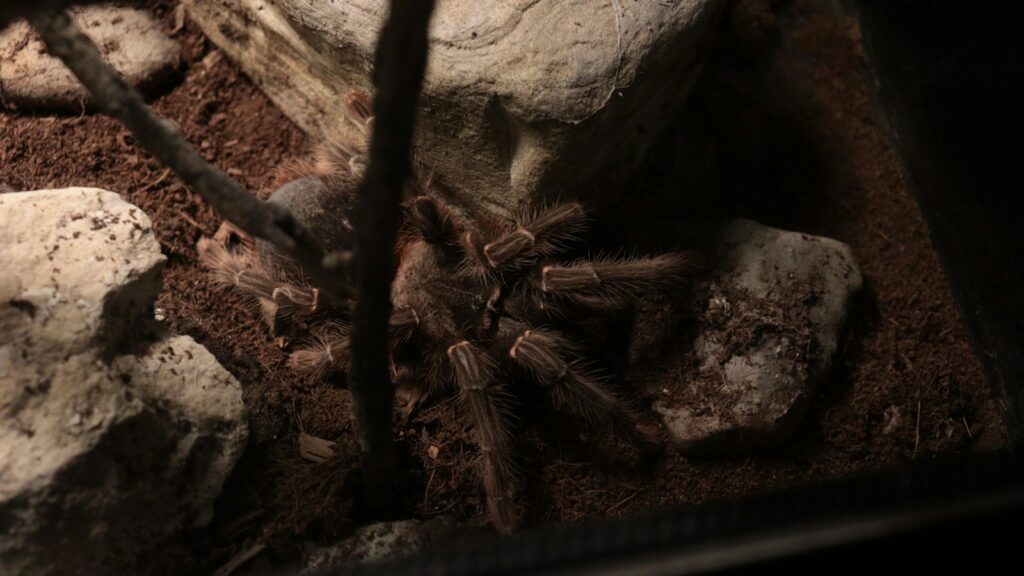
Unlike dogs that need daily walks or cats that require regular attention, tarantulas are remarkably self-sufficient pets. Most species only need feeding once a week or even less frequently, with some adult specimens capable of going several weeks between meals. Their enclosures require minimal cleaning compared to traditional pets, as tarantulas produce very little waste and generally keep their living quarters tidy. Housing requirements are straightforward—a properly ventilated terrarium with appropriate substrate, perhaps a hide, and access to fresh water is typically all that’s needed. This low-maintenance nature makes tarantulas particularly appealing to busy individuals or those with limited time for pet care routines but who still desire animal companionship.
Space Efficiency and Apartment-Friendly

Traditional pets often require significant living space, which can be challenging for apartment dwellers or those with limited housing options. By contrast, tarantulas thrive in compact enclosures that occupy minimal real estate within a home. Even a collection of multiple tarantulas can be comfortably housed on a bookshelf or dedicated rack system, making them ideal for urban living situations. Their silent nature means neighbors will never be disturbed by barking, meowing, or squawking at inappropriate hours. Additionally, tarantulas don’t require outdoor access for exercise or bathroom breaks, eliminating the need for yard space or regular outdoor excursions in all weather conditions.
Economical Pet Ownership
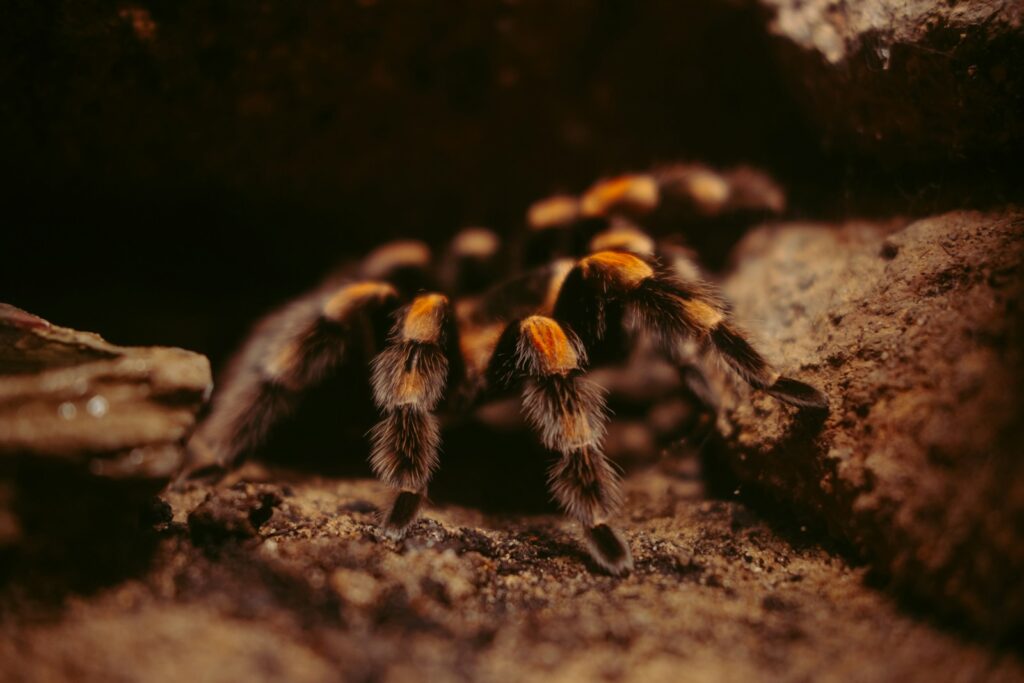
The financial burden of keeping tarantulas is substantially lower than that of traditional pets, making them accessible to pet lovers on tight budgets. After the initial investment in an enclosure and the tarantula itself, ongoing costs are minimal compared to those of cats and dogs. Feeding expenses are remarkably low, with a single box of crickets or roaches often lasting weeks or months, depending on how many tarantulas one keeps. Veterinary bills—a major expense for traditional pet owners—are virtually non-existent with tarantulas, as they rarely require medical intervention. Furthermore, there are no costs for grooming services, training classes, boarding facilities, or the multitude of accessories and toys that traditional pets often need for enrichment.
Longevity and Long-Term Companionship
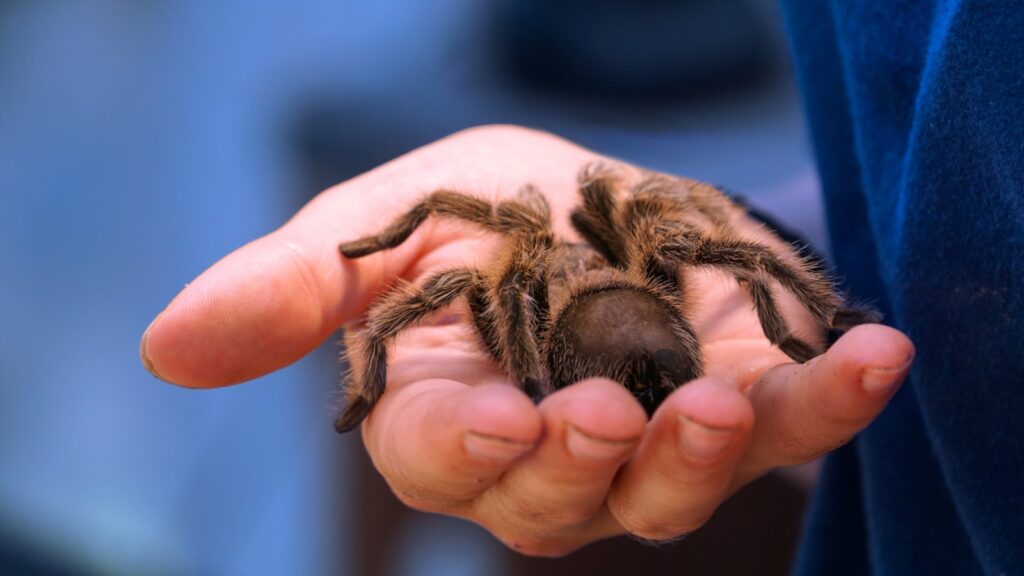
Female tarantulas offer an astonishing lifespan that can exceed many traditional pets, with some species living 20-30 years in captivity. This remarkable longevity allows owners to form decades-long bonds with their arachnid companions, often outlasting several generations of traditional pets. For those who have experienced the heartbreak of saying goodbye to beloved pets every few years, the extended lifespan of female tarantulas provides a welcome respite from this cycle of grief. Many tarantula enthusiasts find comfort in knowing their eight-legged friends will likely be with them through major life transitions—from college graduation through career changes, relocations, and even into retirement in some cases.
Allergy-Friendly Alternative

Many individuals who long for animal companionship find themselves unable to keep traditional pets due to allergies to fur, dander, or feathers. Tarantulas provide a perfect solution for these would-be pet owners, as they don’t produce allergens that trigger reactions in humans. Their exoskeletons and maintenance behaviors don’t generate the problematic dander that makes cats and dogs unsuitable for many allergy sufferers. Homes with tarantulas remain free from the hair and fur that constantly accompany traditional pets, requiring less cleaning and air filtration. For families where allergies have previously made pet ownership impossible, tarantulas open a door to experiencing the joys of animal care without the associated medical concerns.
Fascinating Behaviors and Educational Value
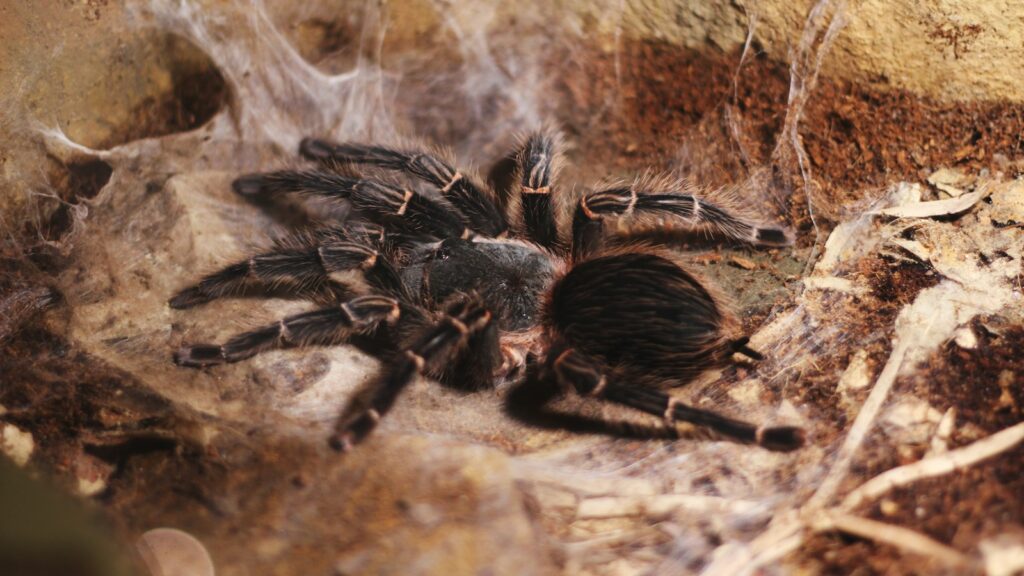
Tarantula ownership offers a front-row seat to behaviors rarely observed outside scientific contexts, turning the home into a living biology laboratory. Owners witness remarkable events like molting, where the tarantula sheds its entire exoskeleton and emerges larger, often with more vibrant coloration. The varying hunting strategies employed by different species provide insight into evolutionary adaptations and predator-prey relationships in the natural world. Many parents and educators choose tarantulas specifically for their educational value, using them to teach children about arthropod biology, ecology, and natural history. The experience of observing these behaviors firsthand often inspires a deeper interest in science and nature than textbooks or videos ever could.
Stunning Visual Diversity
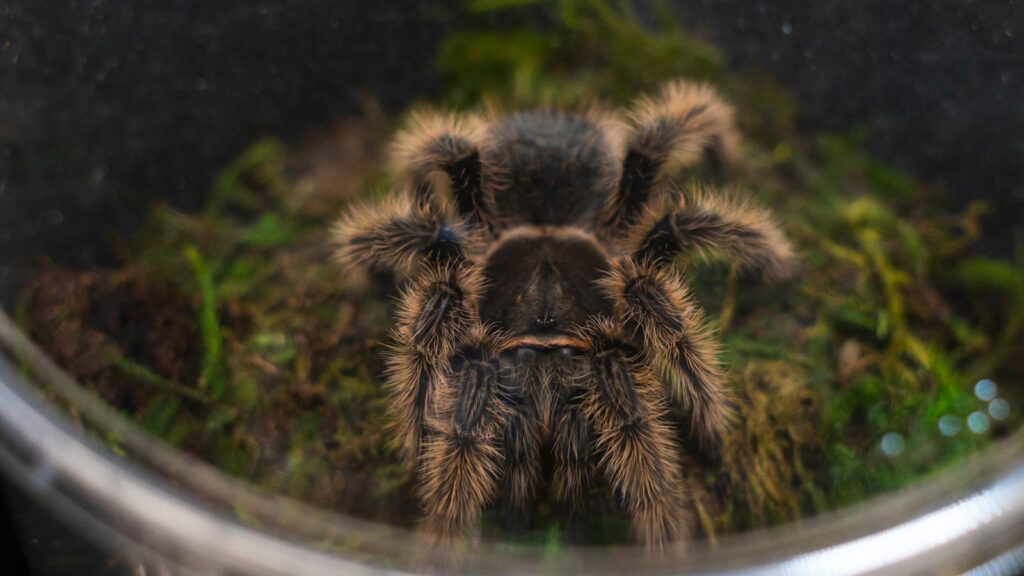
The tarantula family encompasses more than 1,000 species with a breathtaking range of colors, patterns, and physical characteristics that outshine many traditional pets in terms of visual variety. From the electric blue legs of the Cobalt Blue Tarantula to the metallic pink hues of the Colombian Lesser Black, tarantulas display color combinations that seem almost unnatural in their brilliance. Some species, like the Antilles Pinktoe, exhibit dramatic color changes as they mature, giving owners the experience of watching their pet transform over time. Beyond coloration, tarantulas vary enormously in size, body shape, and hairiness, allowing collectors to curate visually diverse collections that showcase nature’s artistic range in spider form.
The Thrill of the Exotic
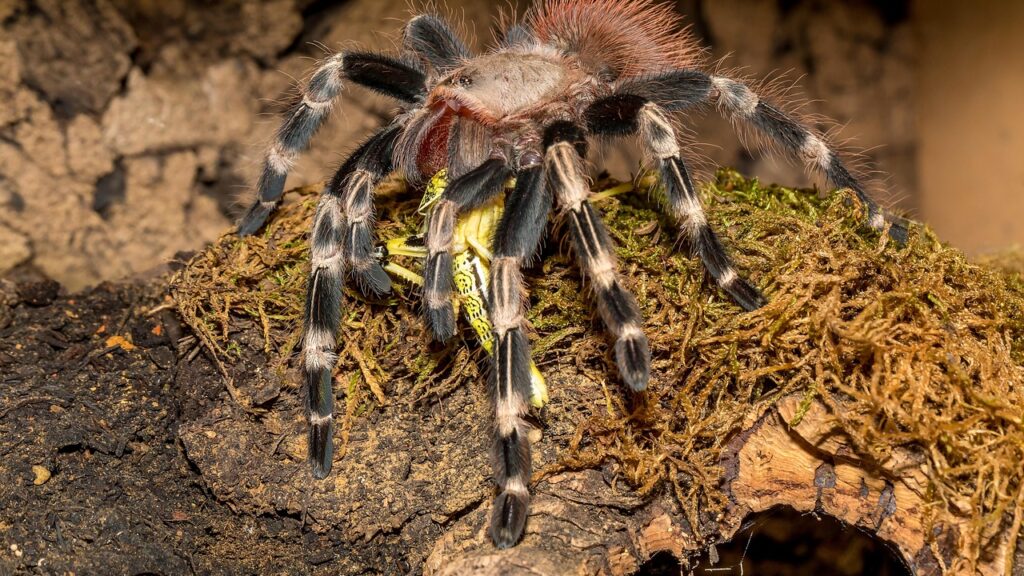
There’s an undeniable allure to keeping pets that exist outside the mainstream, and tarantulas certainly fulfill this desire for the unique and extraordinary. Tarantula keepers often enjoy the distinction of having pets that generate conversation and curiosity rather than the routine questions that dog and cat owners field. The hobby connects enthusiasts with a global community of like-minded individuals who appreciate the counterculture aspect of arachnid appreciation. For many owners, there’s satisfaction in challenging societal arachnophobia through education and exposure, helping visitors to their homes overcome misconceptions about these misunderstood creatures through first-hand observation of their gentle nature and fascinating behaviors.
Independence and Low Emotional Demands
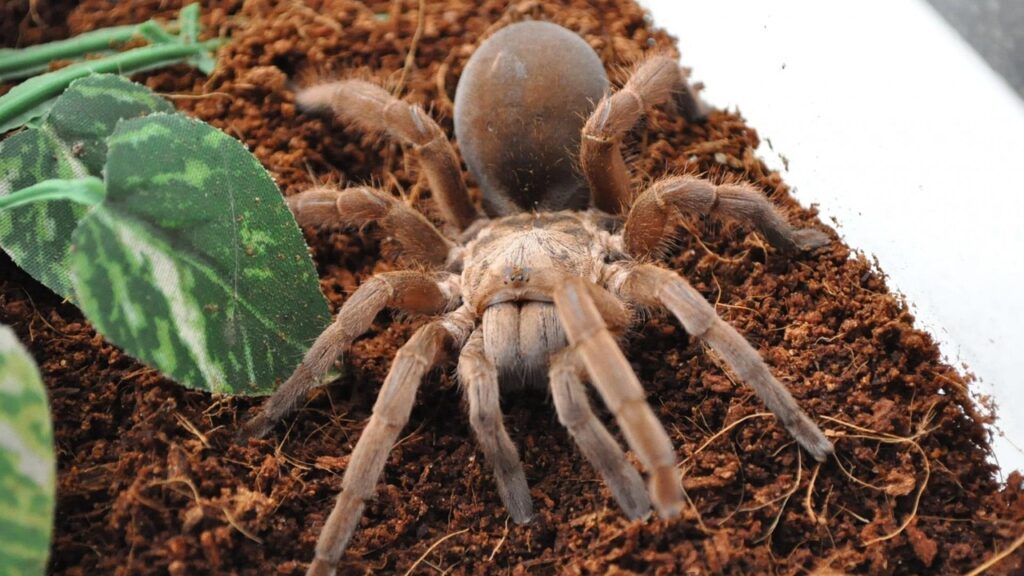
Unlike many traditional pets that require significant emotional investment and interaction, tarantulas are content with minimal handling and attention. This independence makes them ideal companions for individuals whose lifestyles, temperaments, or social preferences align better with a pet that doesn’t demand constant engagement. Tarantulas don’t experience separation anxiety when owners travel or work long hours, eliminating the guilt that often accompanies leaving traditional pets alone. Their self-sufficient nature allows owners to enjoy the presence of a living companion without the pressure to constantly provide affection, play, or emotional reassurance. For introverts or those with demanding schedules, this low-pressure relationship can offer the perfect balance of companionship without exhausting social requirements.
The Challenge of Specialized Care

Many tarantula enthusiasts are drawn to the hobby precisely because it offers unique husbandry challenges that differ dramatically from traditional pet care. Successfully maintaining proper humidity levels, temperature gradients, and molting conditions requires research, attention to detail, and problem-solving skills that appeal to methodical personalities. Different tarantula species have evolved in vastly different environments—from arid deserts to tropical rainforests—necessitating customized care protocols that engage the keeper’s intellect and technical abilities. The reward of successfully breeding tarantulas represents the ultimate achievement for many keepers, requiring precise environmental manipulation and careful observation that can take years to master. This element of skill development and expertise building provides satisfaction beyond simple pet ownership, creating a progressive hobby that continues to challenge even experienced keepers.
Environmental Footprint Considerations

The environmental impact of pet ownership has become an increasingly important consideration for ecologically conscious individuals, and tarantulas offer significant sustainability advantages over traditional pets. Their minimal dietary requirements mean substantially lower resource consumption—a tarantula might consume a few dozen insects per year, compared to the hundreds of pounds of meat products that cats and dogs require. This reduced consumption translates directly to a smaller carbon footprint throughout the pet’s lifetime. Waste production is negligible compared to traditional pets, with no need for plastic bags, cat litter, or other disposal products that end up in landfills. For those concerned about their overall environmental impact, tarantulas represent a way to enjoy animal companionship with minimal ecological consequences.
The Growing Community and Resources
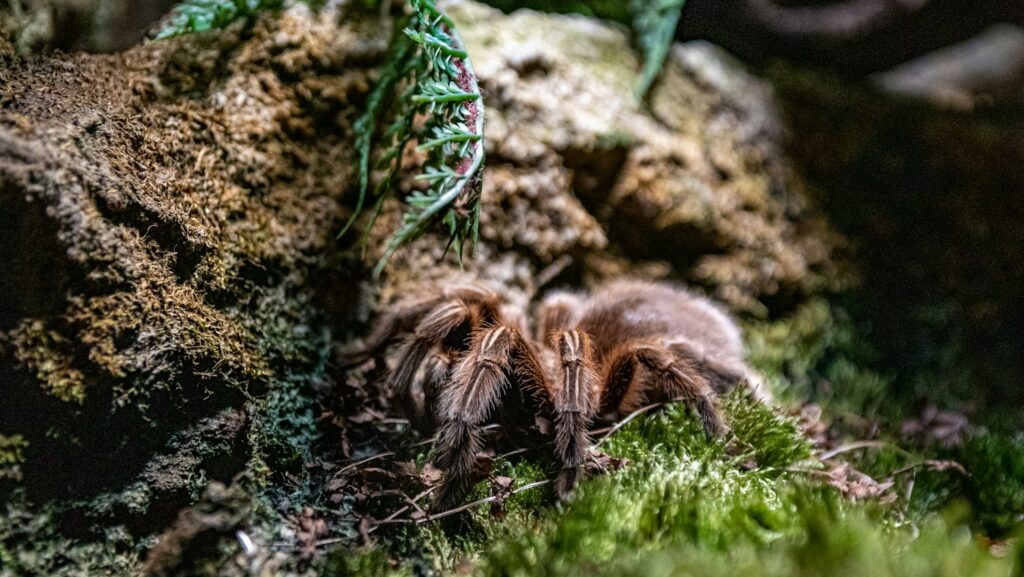
The tarantula-keeping community has expanded dramatically in recent years, creating a rich ecosystem of support, information, and camaraderie for enthusiasts. Online forums, social media groups, and video channels dedicated to tarantula husbandry make it easier than ever for beginners to access accurate care information and troubleshooting advice from experienced keepers. Annual expos and conventions in major cities bring together breeders, keepers, and vendors, creating opportunities for face-to-face connections and direct access to rare species. The proliferation of specialized equipment designed specifically for arachnid keeping has made the hobby more accessible, with innovative enclosures, feeding tools, and environmental controllers readily available. This supportive community infrastructure has removed many barriers to entry that previously made exotic pet keeping intimidating for newcomers.
Overcoming Arachnophobia Through Ownership
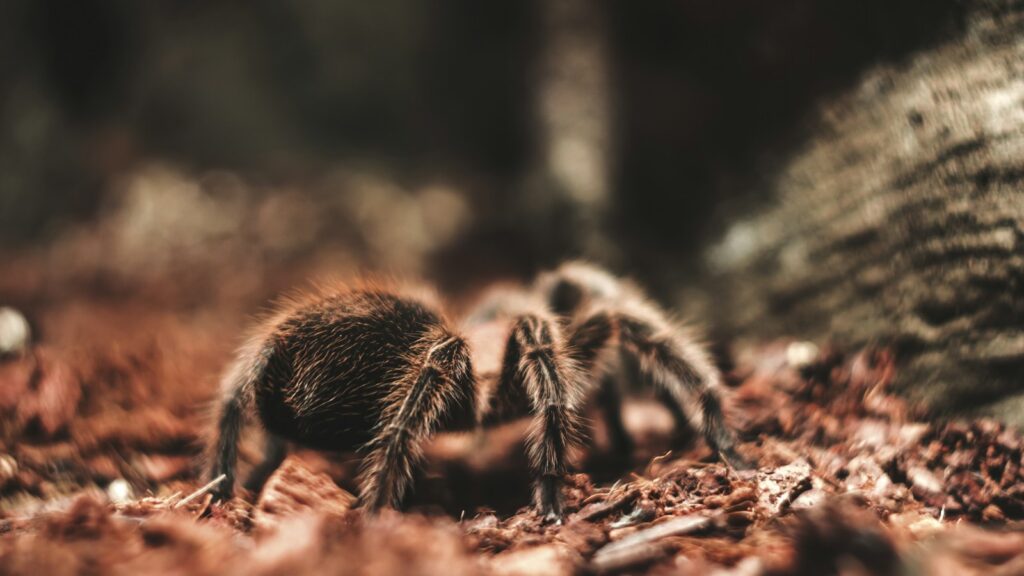
Paradoxically, some tarantula enthusiasts began their journey specifically to address their fear of spiders, finding that education and familiarity effectively neutralized their phobia. Through gradual exposure and learning about tarantula behavior, many former arachnophobes develop not just tolerance but genuine appreciation for these creatures. This therapeutic aspect of ownership provides a sense of personal growth and accomplishment that transcends typical pet-keeping benefits. Mental health professionals have noted that controlled exposure to feared stimuli in safe environments—exactly what tarantula keeping provides—can be an effective method for overcoming specific phobias. Many reformed arachnophobes become the most passionate advocates for tarantulas, using their personal transformation stories to help others reconsider their own spider fears.
The growing preference for tarantulas among certain pet enthusiasts reflects a broader shift in how we conceptualize companionship and the human-animal bond. While they may never offer the interactive affection of dogs or cats, tarantulas provide unique satisfactions that perfectly suit particular lifestyles, temperaments, and circumstances. Their combination of low maintenance requirements, minimal space needs, economical care, and fascinating behaviors creates a compelling alternative for those seeking something different from traditional pet relationships. As society continues to evolve in its understanding of diverse human needs and living situations, alternative pets like tarantulas will likely continue gaining acceptance and appreciation. For those willing to look beyond conventional pet choices, these remarkable arachnids offer rewards as numerous as their eight legs—quiet companionship, scientific wonder, and a connection to the extraordinary diversity of life on our planet.
